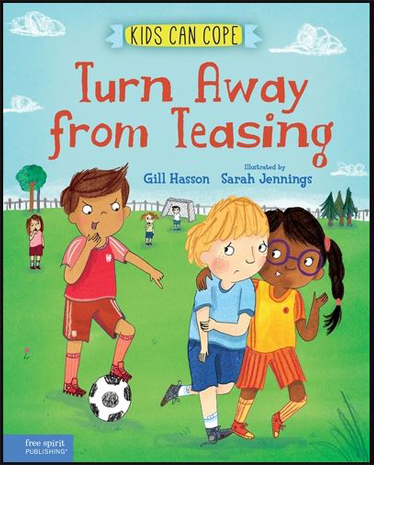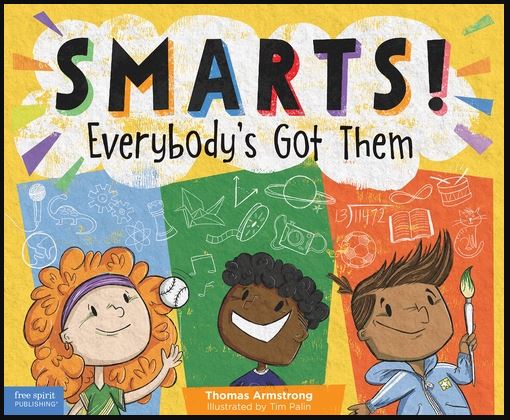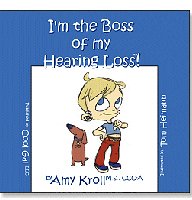Related Products
For Parents
Related Teacher Tools Takeout Items
Information to Discuss with your Child’s Teacher
My child is in elementary school. What should I share with his new teacher? What should I be aware of when I meet with the school team? How will I know what to ask for?
Complete the first page and share it with the school – your input is valuable! Starting School LIFE This tool can be used whenever a child starts a new school or as part of an ‘a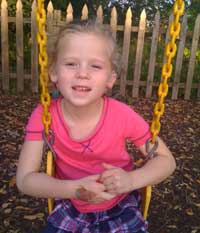 nnual checkup’ team meeting at the beginning of each school year through elementary the elementary grades. The Starting School LIFE records the valuable information from the family’s completion of the CHILD, along their observations of their child as a communication partner and their level of independence. It combines this information with results of the school’s eligibility assessment or annual assessment. The gathered information provides important insights into the child’s communication strengths and listening needs for consideration of potential placement, classroom accommodations or skill building needs.
nnual checkup’ team meeting at the beginning of each school year through elementary the elementary grades. The Starting School LIFE records the valuable information from the family’s completion of the CHILD, along their observations of their child as a communication partner and their level of independence. It combines this information with results of the school’s eligibility assessment or annual assessment. The gathered information provides important insights into the child’s communication strengths and listening needs for consideration of potential placement, classroom accommodations or skill building needs.
Potential effect on classroom learning – what to watch for and information to share with teachers: Relationship of Hearing Loss to Listening and Learning Needs – 1 hearing loss per page (parent/teacher version) summarizes the potential effects of hearing loss on a child’s perception of speech in a school setting and possible need for educational supports. Spanish version.
Adapting the school environment to support the learner with hearing loss: Children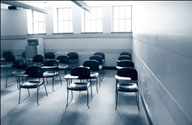 with Hearing Loss – Helpful Adaptations in the School Environment – Listening and learning in the classroom can be very challenging for students with hearing loss. This information provides an overview of classroom accommodations and expectations that the school team can address to meet these needs. You may want to share this handout on the classroom listening environment with your child’s teacher/school team.
with Hearing Loss – Helpful Adaptations in the School Environment – Listening and learning in the classroom can be very challenging for students with hearing loss. This information provides an overview of classroom accommodations and expectations that the school team can address to meet these needs. You may want to share this handout on the classroom listening environment with your child’s teacher/school team.
Ask that the Listening Inventory For Education be completed in the fall to help identify accommodation and skill development needs: Student LIFE-R – This is an assessment that is typically administered by the hearing professional on the school staff. It is a self-report measure for children approximately age 8 or above (3rd grade). The child provides information on their school listening settings, rate different situations for their ability to hear and understand, and then identify different ways in which they respond when they do not hear clearly. Family members can request that this tool be used by school staff. Also to request is the Teacher LIFE-R in which the classroom teacher (Kindergarten-Secondary) rates the student’s listening behaviors in school settings and his or her use of self-advocacy, communication repair and technology independence skills. Although not ideal, it is also possible for family members or a neutral third party (i.e., clinical audiologist) to administer the Student LIFE-R to their child if they feel as though they need this information to advocate for services or supports with the school district and the school staff have not agreed to administer this tool.
Fall and spring check-up: Monitoring the student’s classroom function over time: SIFTER – Screening Instrument For Targeting Educational Risk (Elementary grades) – This is an assessment that is typically completed by the classroom teacher at the request of the hearing professional on the school staff. It provides a quick screening of the child’s functional ability as compared to peers in the regular education classroom in the areas of Academics, Attention, Communication, Class Participation, and School Behavior. There is a scoring grid that rates the child as Pass, Marginal or Fail in each of these areas. This functional monitoring can be highly effective in the fall (i.e., October), mid-year (i.e., January) and end (i.e., May) of each school year.
assessment that is typically completed by the classroom teacher at the request of the hearing professional on the school staff. It provides a quick screening of the child’s functional ability as compared to peers in the regular education classroom in the areas of Academics, Attention, Communication, Class Participation, and School Behavior. There is a scoring grid that rates the child as Pass, Marginal or Fail in each of these areas. This functional monitoring can be highly effective in the fall (i.e., October), mid-year (i.e., January) and end (i.e., May) of each school year.
The final Fall and spring check-up: Monitoring the student’s classroom function over time: SIFTER – Screening Instrument For Targeting Educational Risk (Elementary grades) can be used to provide insights to the child’s new teacher in the following fall. Family members can share this tool with their child’s school team as a means of monitoring his or her performance throughout the school year.

